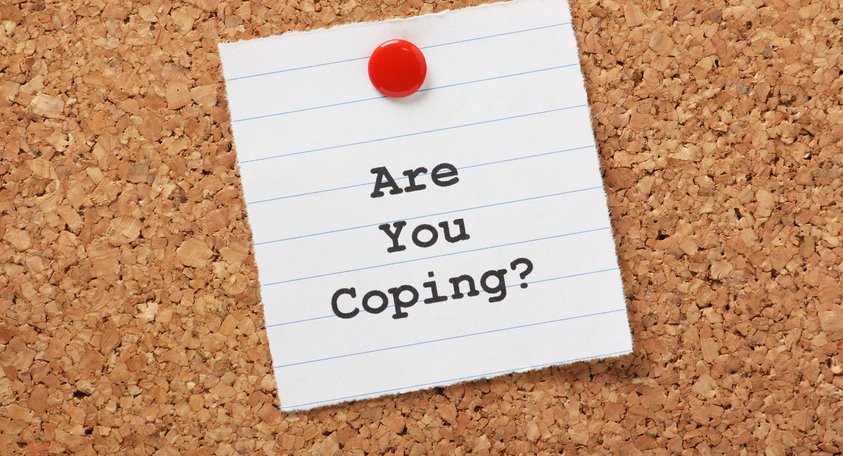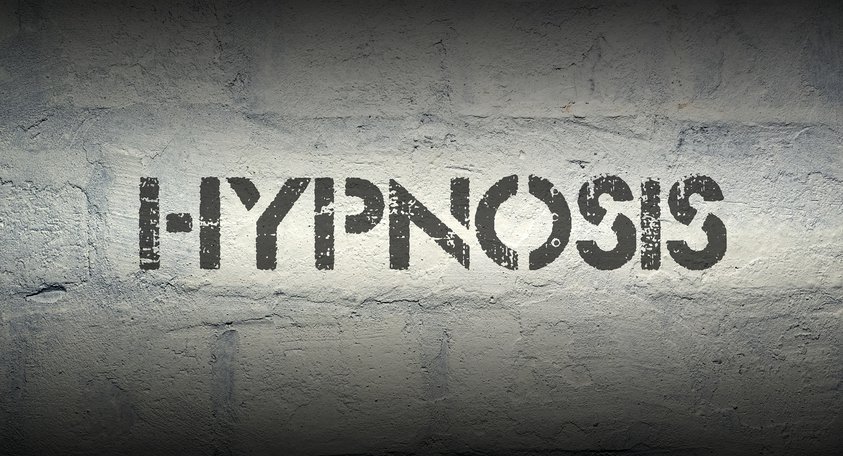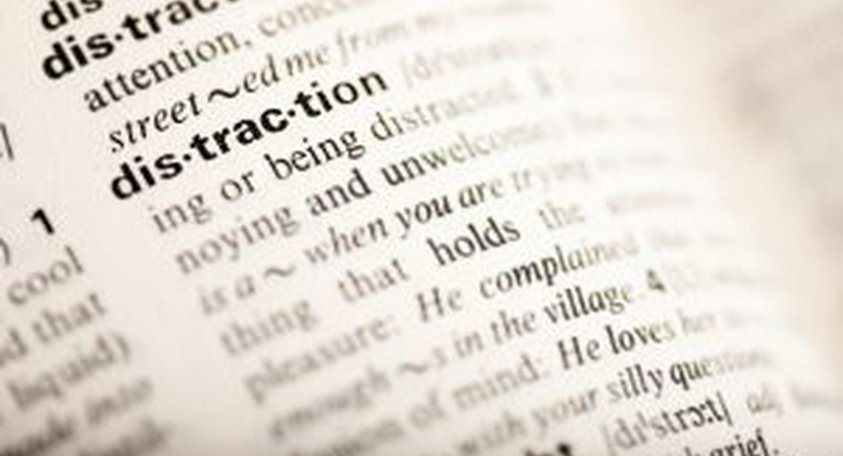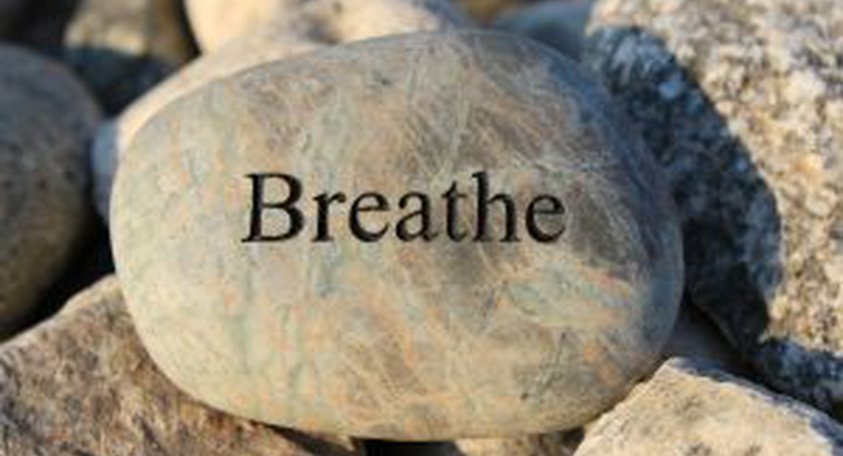We use cookies to improve your experience. By accepting you agree to our cookie policy
When you are faced with a diagnosis of Complex Regional Pain Syndrome (CRPS), formerly known as Reflex Sympathetic Dystrophy (RSD), you will go through a number of different feelings, thoughts and problems you’re going to have to deal with.
Learning how to live with CRPS by using coping strategies can help you learn to live with this condition in your life and what you are faced with in the future. The tips below will hopefully provide you with 10 useful strategies to deal with daily living with a long-term condition like Complex Regional Pain Syndrome. Chronic means that the problem has lasted for over 3 months or 12 weeks.
Complex Regional Pain Syndrome is a very challenging and complex condition in that, as it is considered an invisible illness, most people are unaware of it when they first see you. You may have already been told by many, including friends and family...
Many CRPS patients will most likely have been phased with at least one of these phrases since you diagnosis and it might feel like every time something like this is said, it gets harder and harder to hear. A lot of people simply don't understand the condition and can't imagine the pain that those with CRPS live with.
Various elements of your daily life might alter an you will most likely have to cope with many changes, such as:

When you are faced with a lifetime diagnosis, such as Complex Regional Pain Syndrome, it can be very difficult and challenging to actually accept the diagnosis. However, learning and understanding acceptance for you condition is a very important step.
You may find that your friends and family find it hard to believe you and about your pain because, often, they might not be able to physically see it . This can make coping even more difficult, but it isn’t impossible and we hope to be able to offer some advice in this article.
Always remember that acceptance can take a long time to reach and you can go up and down. Sometimes you may need to re-accept your condition.

Coping strategies for living with CRPS in general are varied and will depend on the individual person. Every CRPS patient will have their own unique ways of how to cope with their CRPS, but coping strategies can include:

Support groups can be extremely helpful when you want to talk with others living or caring for someone with CRPS that are dealing with things in their way. Being able to chat with others can help you learn new ways of coping, understand how others cope and interact with people who understand what you’re going through.
Burning Nights CRPS Support hold regular monthly online Peer Support Groups.
You can also find support online with the Burning Nights CRPS Support Online Community Forum or on Social Media (Facebook, Twitter, Instagram, Pinterest, LinkedIn, YouTube). Some people prefer face-to-face support, for instance where you physically attend a group and meet other people in similar situations like yours, such as our CRPS support groups.
Learning how to pace yourself is an important part of coping with your condition. Pacing is discovering where your limit is for doing an activity and staying with your limits. For example, if you are doing the washing of your clothes, you may want to do it all together in one large pile and throw it in the washing machine. Then, when you’re finished, you find yourself in so much pain you need to take more medication and then have a pain flare up for the next few hours or days.
Using the pile of washing example, by learning to pacing you learn to split up your activity into more manageable chunks. So you would split up your washing into maybe 3 or 4 or more sections and have a rest in between each load of washing.
List your jobs you need to do for the day and, if necessary, delegate to friends or family. If that isn’t possible, then write yourself a list and set yourself a task to do that morning, afternoon or day and stick to it. Don’t be tempted to carry on to the next task on the list as it could make your pain worse even if you don’t feel it at the moment, by stretching yourself further may cause a flare up.
Read our Quick Guide To Pacing For Your CRPS & Persistent Pain and the blog post for Tips on How to Cope through Christmas Living With CRPS or Chronic Pain, which gives you some tips on how to pace yourself during the Holidays.
Relaxation techniques can help you to calm yourself and also slow down your nervous system, which will be working overtime because of your chronic pain. Learning a few simple relaxation exercises can really help you to cope with the stress and range of emotions that living with CRPS or chronic pain evokes.

Having a CRPS diagnosis means you face a range of emotions, thoughts of feelings including loss or grief for your old life, your old ways of doing things or your old career. By learning to accept your new way of life, yur new ways of doing things or new activities is important in your healing process. Some people never accept their condition, some are constantly looking for answers, new treatments or new specialists.
Acceptance can be one of the hardest things to do; understanding and acknowledging that you have your chronic pain or CRPS permanently and it cannot be changed. This will be the most difficult thing to overcome in your 'new' life living with a chronic condition. Many people experience the five stages of grief, as with a major loss, which in this case would be the loss of your old life. For more information visit our page on Acceptance.
Taking the step to accept your CRPS is extremely difficult and talking to someone other than yourself or your friends and family around you can also be an extremely difficult thing to overcome, but talking to a doctor about how you are coping can give you a release that you may need.
For those living in the UK, use NHS Choices to find a local GP, if you don’t already have one. If you have a GP or local doctor (for those outside the UK), book an appointment and go to see them, talk to them about how you are coping with your CRPS or chronic pain.
According to F. Michael Ferrante, MD, director of the UCLA Pain Management Center in Los Angeles, "Pain is always personal"
The website and article entitled 'Helpful tips on talking to your pain doctor' is a good source of information and also offers some good tips (See below for full details).
Meeting with other people, whether they have chronic pain or not, can help you cope with your CRPS. Gentle exercise such as Yoga, swimming, gentle walking, Tai Chi can all help, as long as you pace yourself doing the activity. Hobbies such as knitting, sewing, computing or art work are all considered distractions and can help you deal with CRPS.
In the article 'Accessible Hobbies for people in pain' by Christina Lasich MD, she says: "For those who need not only joy but a way to relax, some hobbies can provide a comforting combination of repetition, skill and accomplishment. One hobby that seems very easy for people in pain to do, if done at a reasonable pace, is knitting.The repetition of throwing stitches is a form of meditation that evokes a relaxation response. The skills necessary to create items like scarves, hats, throws, and mittens stimulates and distracts the brain."

According to the Mayo Clinic website (See below for details), Biofeedback is ".. a technique you can use to learn to control your body’s functions, such as your heart rate. With biofeedback, you’re connected to electrical sensors that help you receive information (feedback) about your body (bio). This feedback helps you focus on making subtle changes in your body, such as relaxing certain muscles, to achieve the results you want, such as reducing pain."
Biofeedback is good for a wide range of conditions including chronic pain, fibromyalgia, hypertension, stress, anxiety and much more. There are several types of Biofeedback, which include:

Distraction can be anything that takes your attention and focus away from the pain that you are feeling. It is a temporary way of turning mind and thoughts to something other than just your pain. So, while you wait for the medication to work, try something like adult colouring, painting, drawing, craft-work, photography, watching television, writing, poetry, sewing, art-work or even knitting. For more information visit our page on Distraction.
This is based on the idea that both your mind and your body are connected. It is a cycle of specific positive thoughts and ideas that point or guide your imagination in the direction of a calm and relaxed but concentrated state. You need to use all of your senses available to you and your body naturally appears to respond to what you are imagining, so much so that you believe that it is real. Visualisation can literally change all your emotions.
WebMD (2013) give an example of: "…to imagine an orange or a lemon in great detail—the smell, the color, the texture of the peel. Continue to imagine the smell of the lemon, and then see yourself taking a bite of the lemon and feel the juice squirting into your mouth. Many people salivate when they do this. This exercise demonstrates how your body can respond to what you are imagining."
You can find a number of CDs and exercises on the internet to help you learn the art of Visualisation / Guided Imagery. A quick an easy exercise from Klein, J. 'How to Use Visualisation to Heal Physically or Emotionally' is:

Learning to use breathing exercises is an important skill to learn. It is an alternative therapy so no medication is involved (other than what you already take), it is just you and your breathing that is the focus. When you are in a state of frustration, stress, tension or pain your mind and body and not in a sense of relaxation and this is what is the aim to change, so when you start to slow right down and begin to draw in some deep breaths, the brain and mind begin to slow down and to relax. This then gets a message sent from the brain to the rest of your body and soon after both the body and mind will become relaxed, your blood pressure will drop, your heart stops pounding and racing fast and your heavy fast breathing begins to calm down.
Although breathing exercises will not cure your chronic pain, but could help get you through the day. Why is breathing a good source of managing pain? The answer is that not only does it relax your mind, lessen stress and tension but it will also make you and your brain focus on something totally separate from your pain or flare up.
For more information visit our page on Breathing Exercises.
